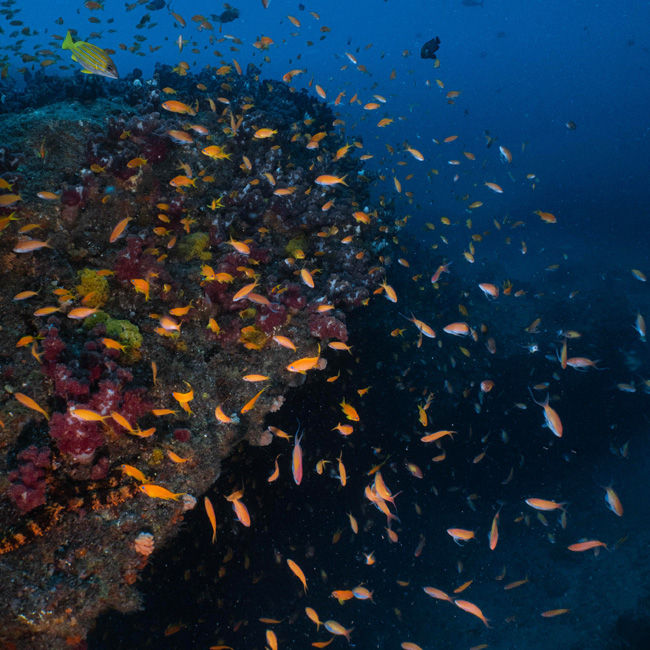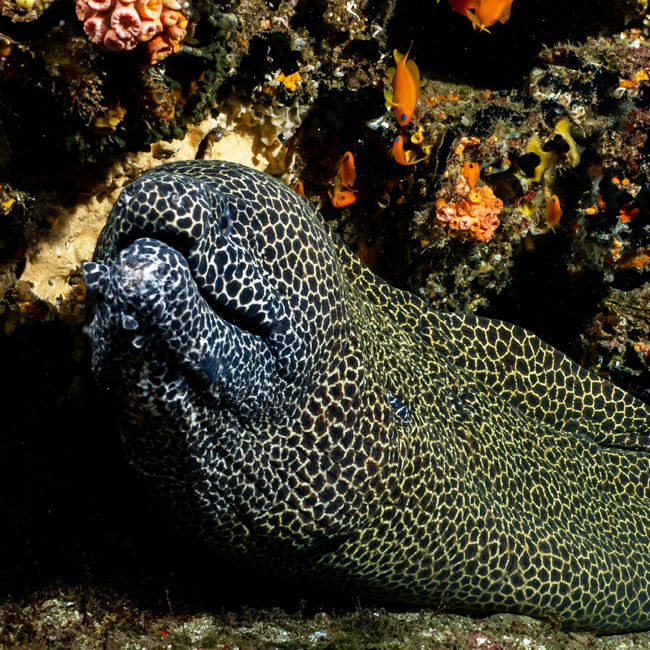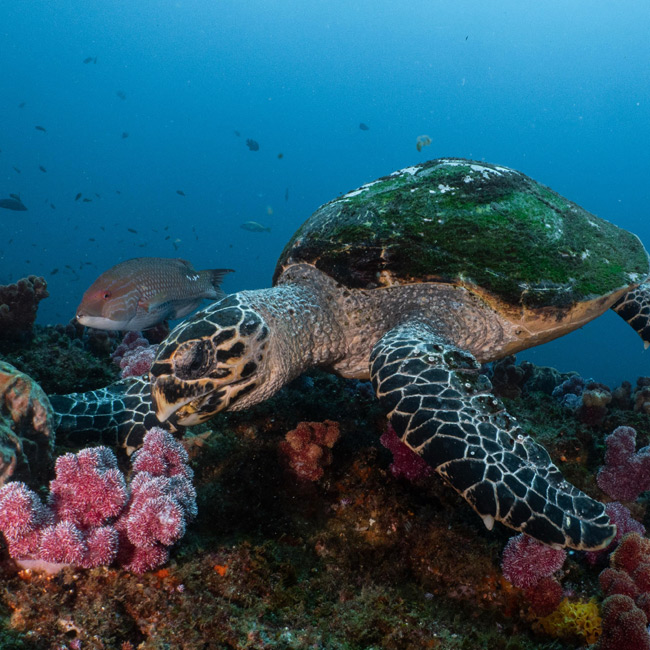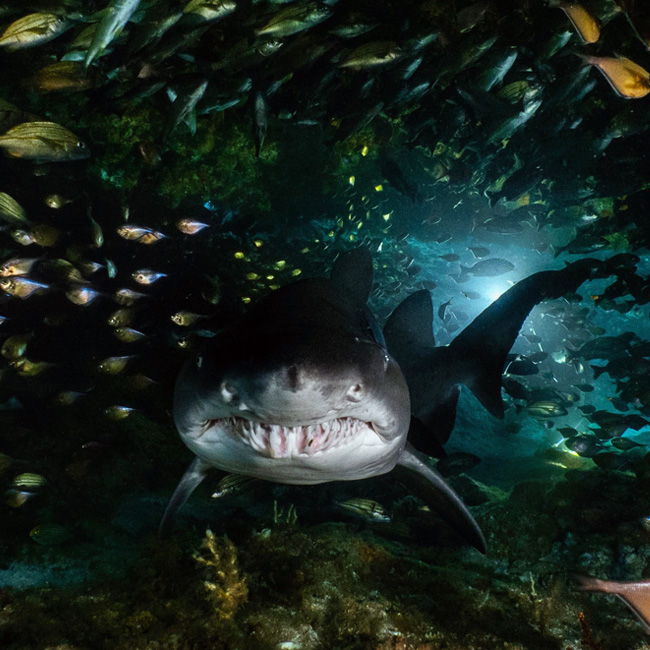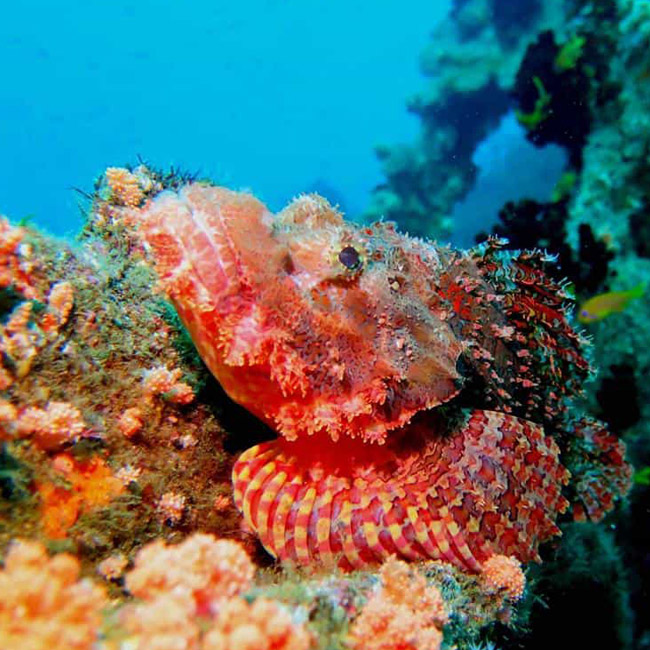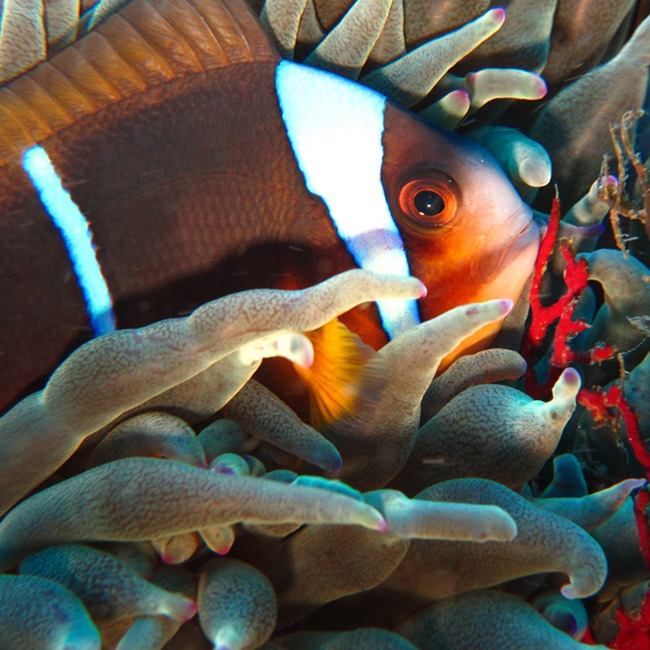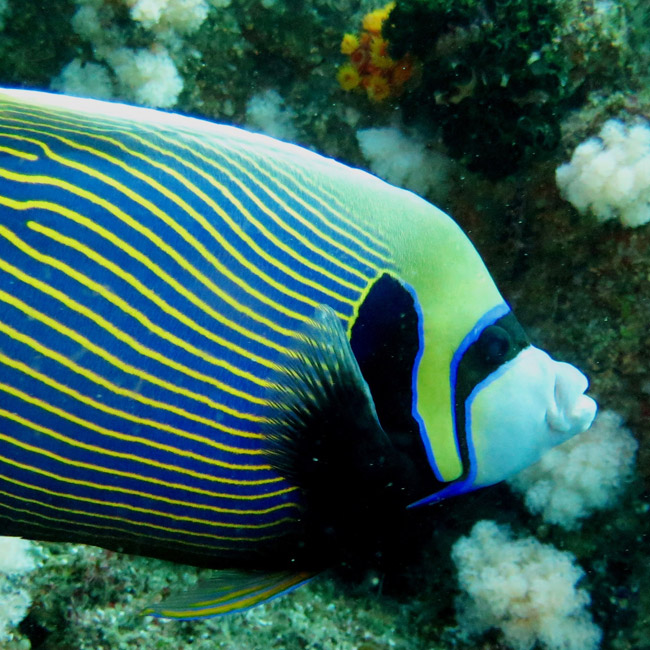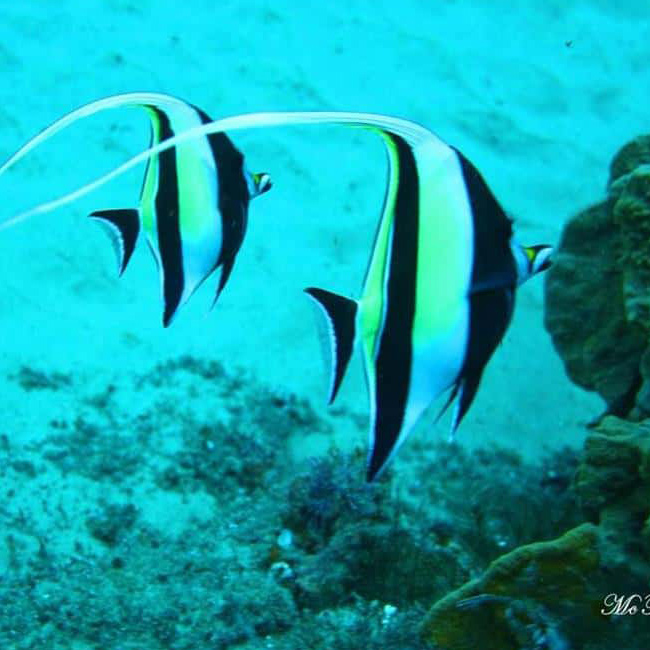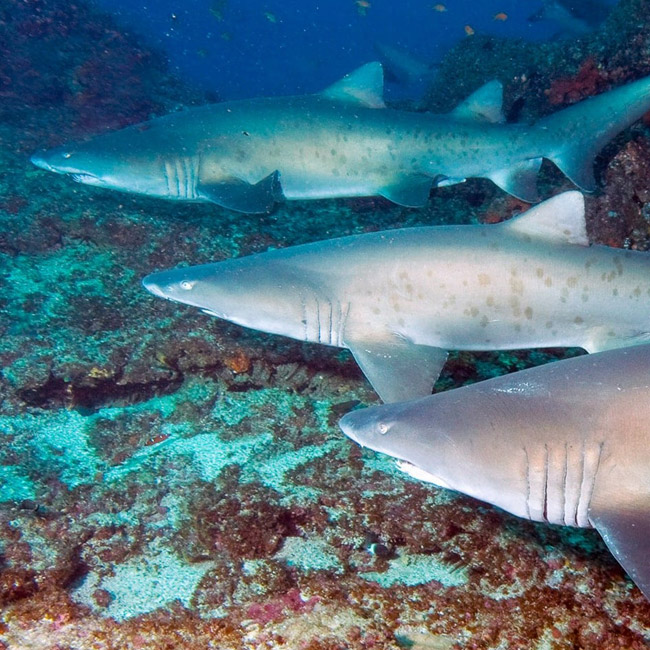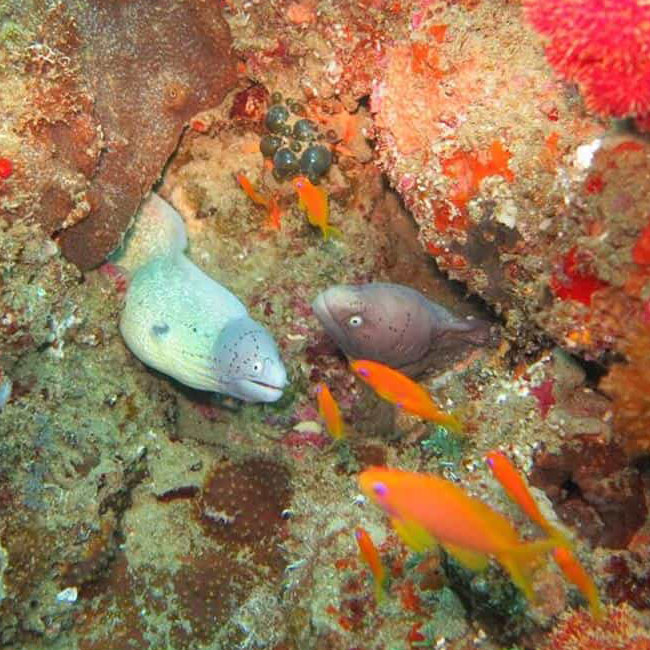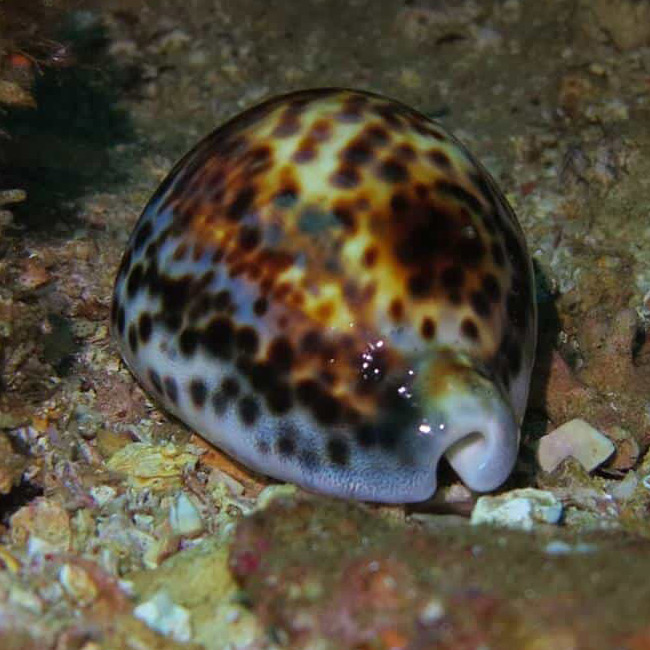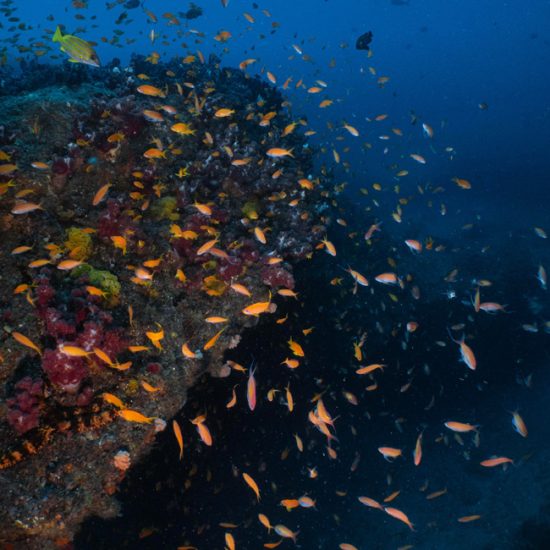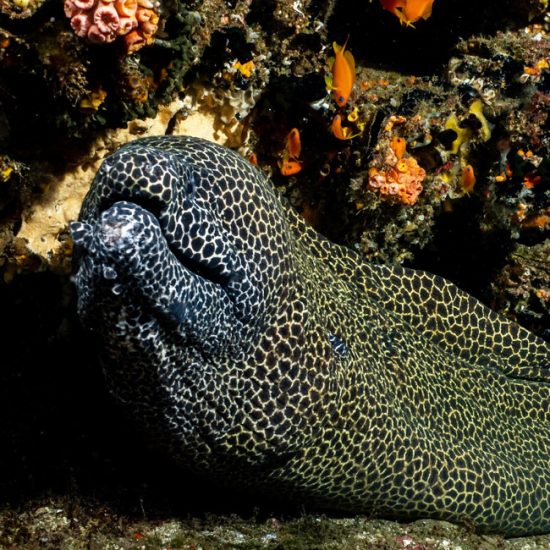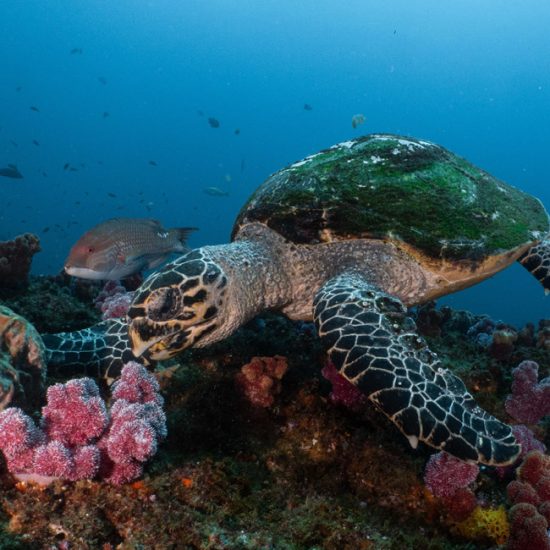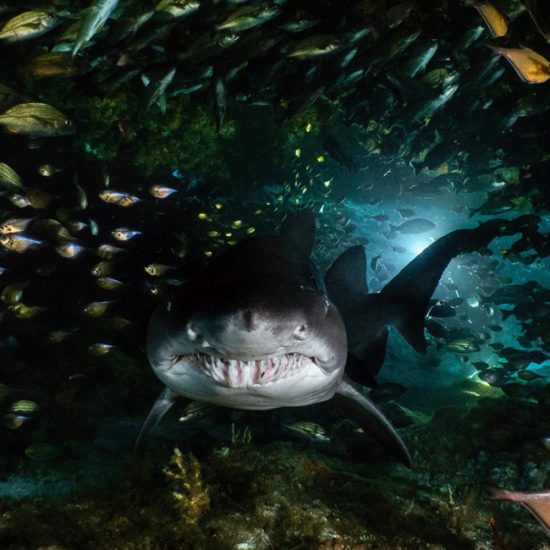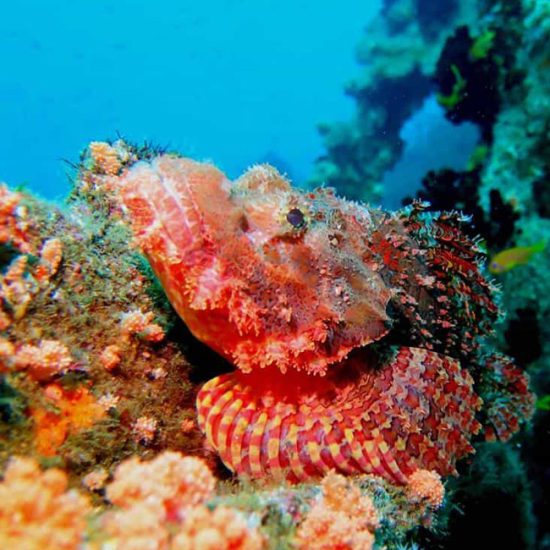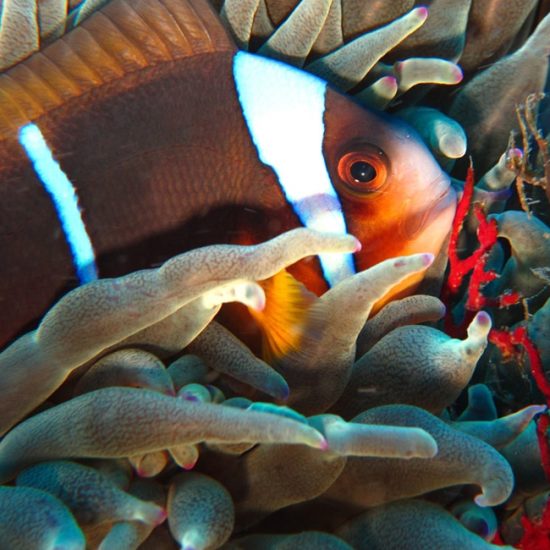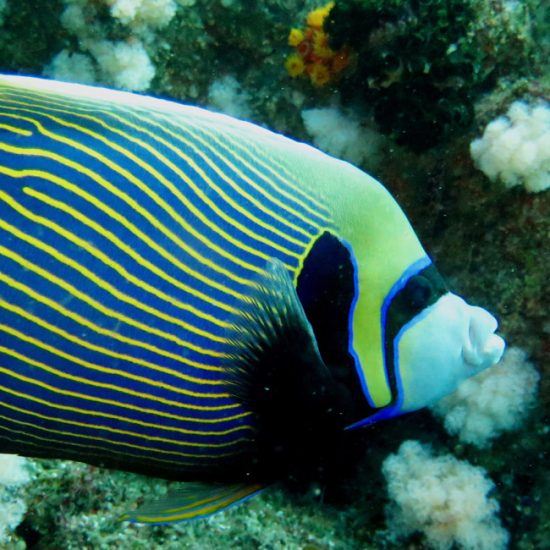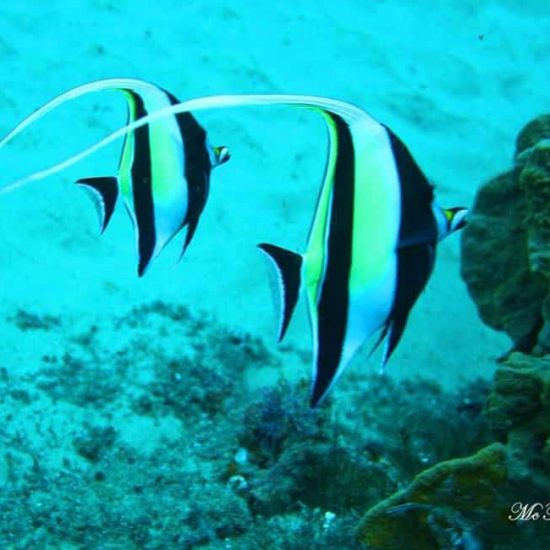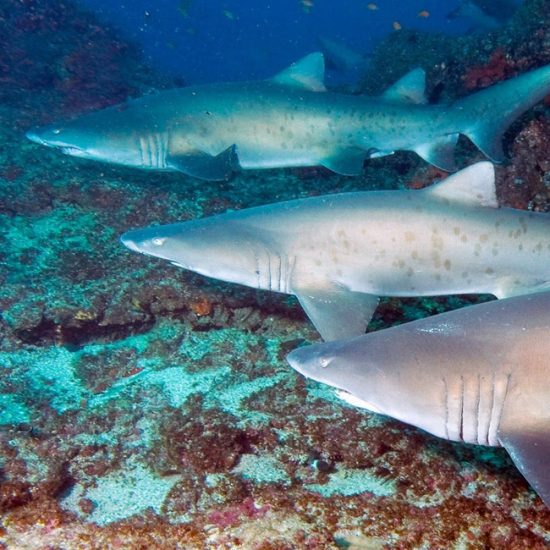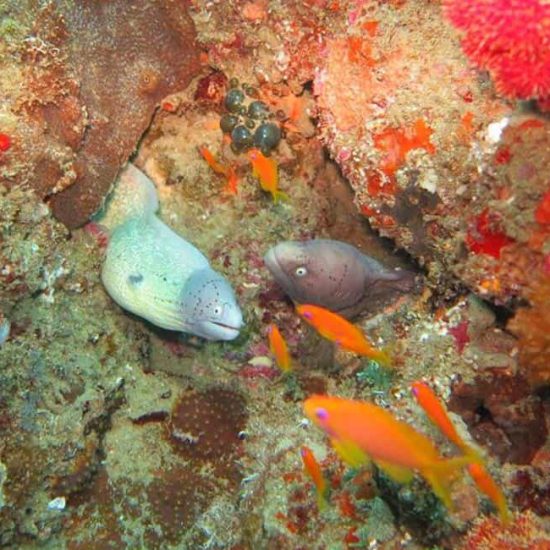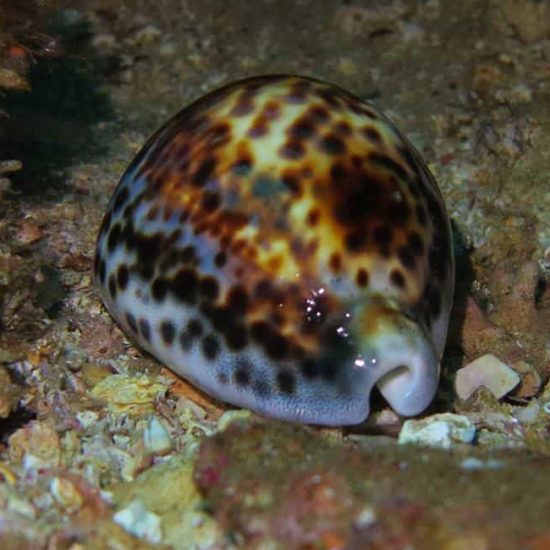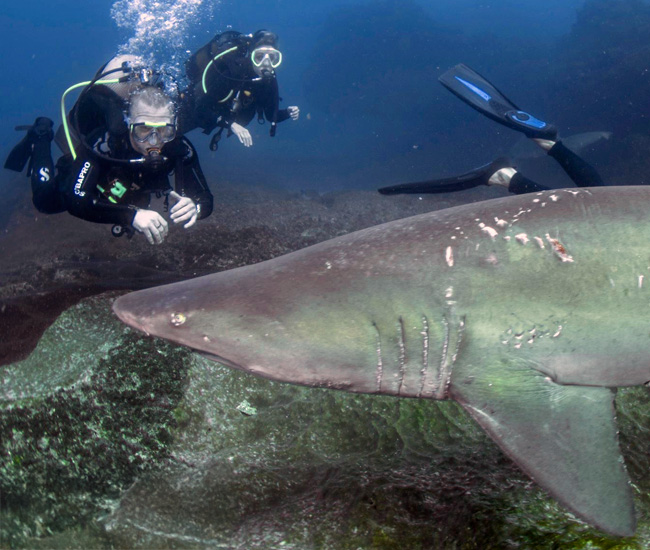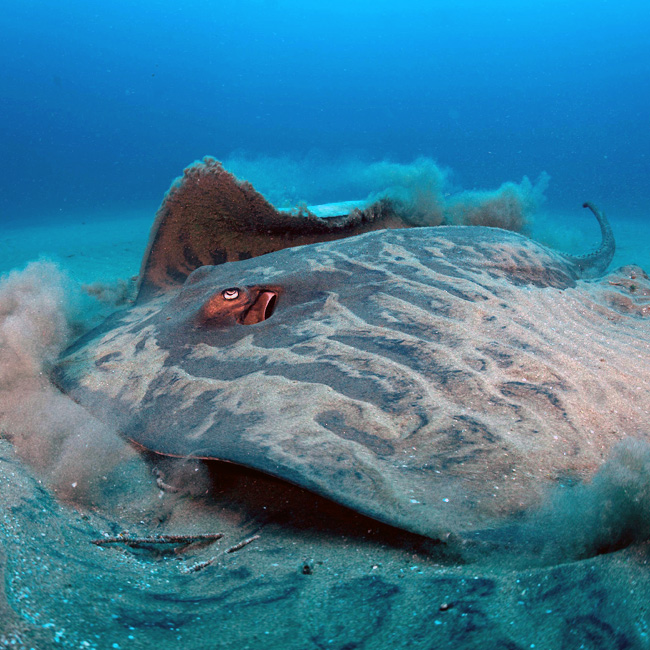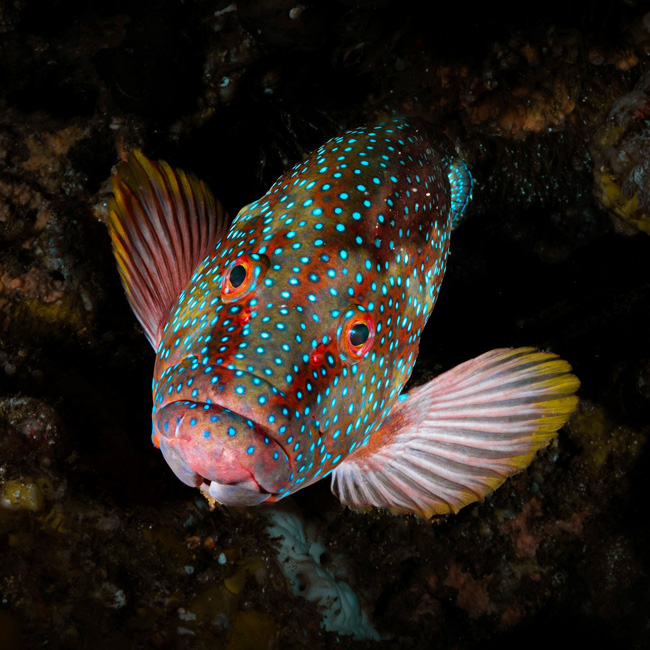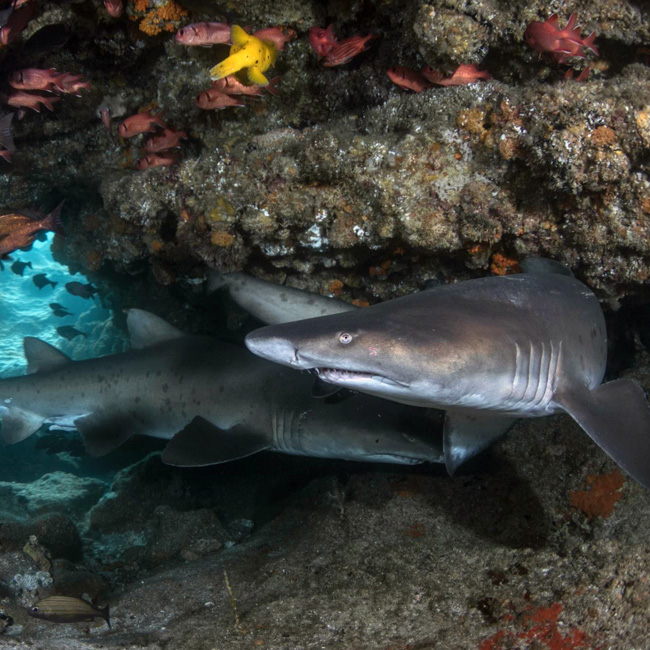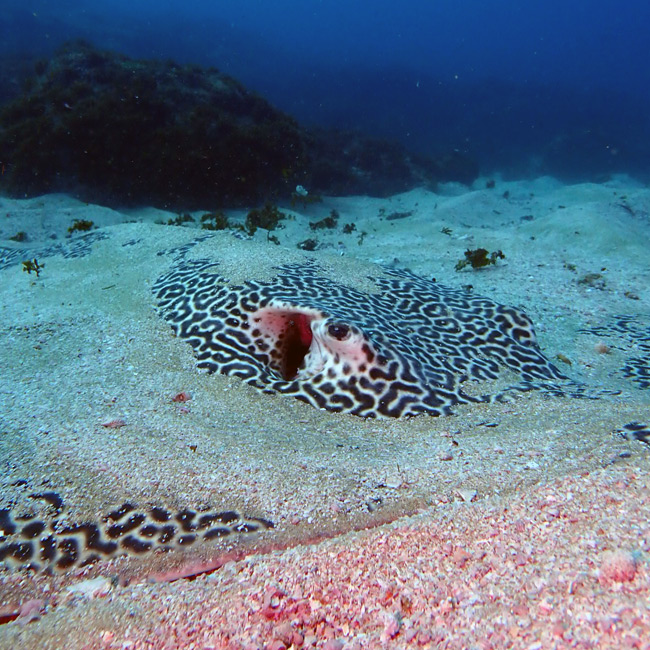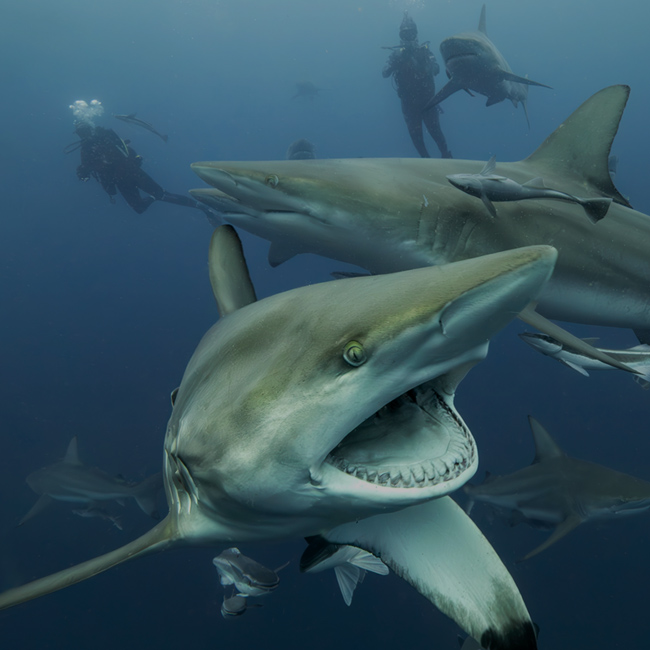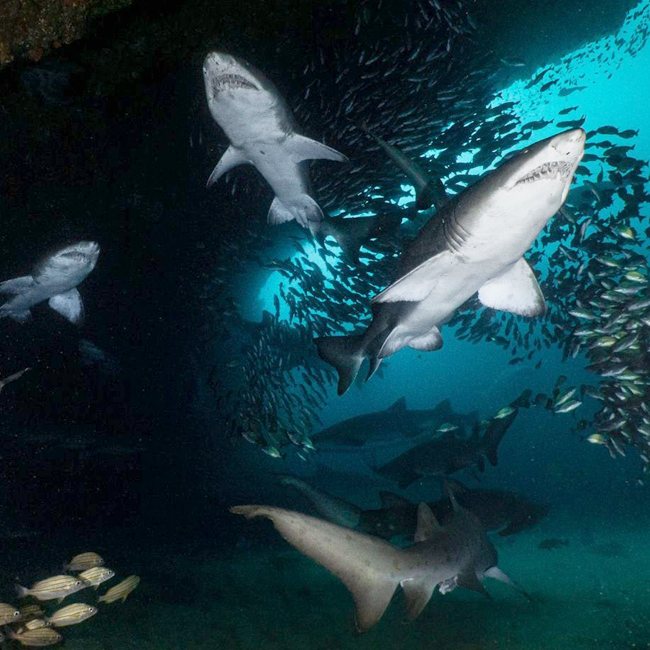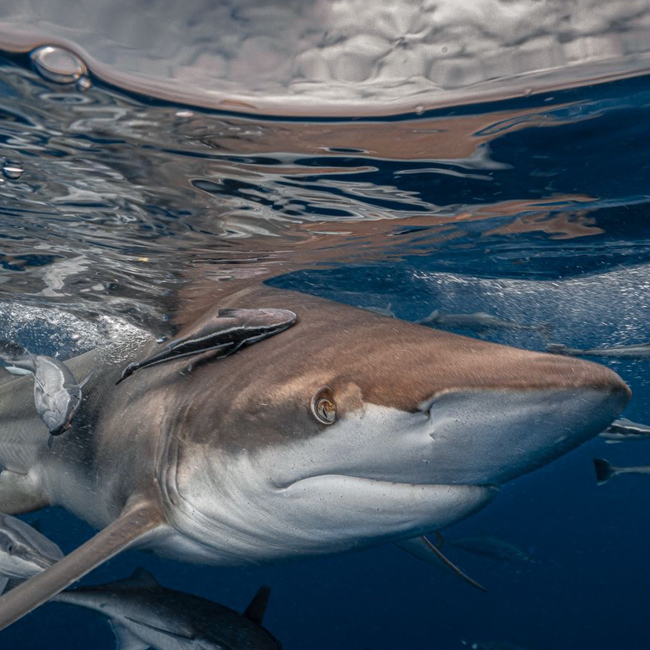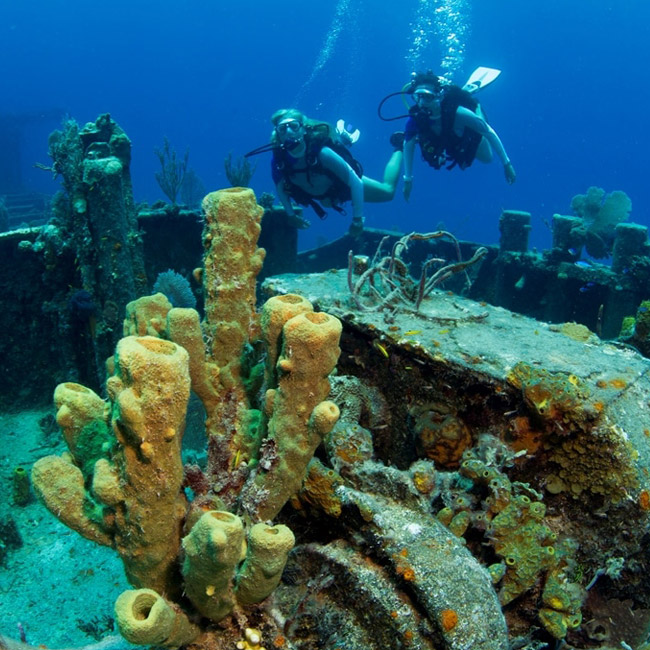Reef Dive
R700.00
Reef Diving on Aliwal Shoal
Known for its spectacular reef systems, vibrant marine life and dynamic underwater landscapes, Aliwal Shoal is one of South Africa’s most iconic and ecologically rich dive sites.
With 10 incredible reefs to explore, each with their own secrets, Aliwal Shoal offers a multitude of diving adventures you’ll want to experience again & again!
Located just a short boat ride from Umkomaas, the Shoal is a fossilized sandstone reef that offers a variety of dives for divers of all experience levels. Easily accessible to both beginners and advanced divers, the reef lies at a depth of 5 to 30 meters (16 to 98 feet).
At ScubaCo, we tailor each dive outing based on daily conditions and diver experience to ensure maximum enjoyment and safety. Whether you’re exploring the reef for the first time or returning to discover new hidden corners of this marine wonderland, Aliwal Shoal never fails to impress.
Ready to dive in? Let us show you the best of Aliwal Shoal reef diving with comfort, professionalism and a touch of adventure.
Diverse Topography: Explore caves, swim-throughs, overhangs and gullies which have been shaped by millennia of ocean movement. Popular spots include Raggie Cave, Cathedral, North Sands, and Chunnel.
Incredible Marine Life: The reef is home to a variety of reef fish, including snapper, butterflyfish, angelfish and parrotfish, as well as turtles, moray eels, and stingrays. Macro-lovers will be delighted to see nudibranchs, shrimp, and other tiny reef creatures.
Seasonal Shark Encounters: While not every reef dive sees sharks, ragged tooth sharks (sand tiger sharks) commonly congregate around the reef and sandy spots during the winter (June–November) and blacktip sharks frequent the outer reefs (Howards Castle).
Turtles & Rays: Aliwal Shoal is home to green, hawksbill and loggerhead turtles, often seen cruising along the reef, as well as large marble and round stingrays resting in the sand. Lets not forget the resident Eagle Rays flying overhead too.
Healthy Coral & Sponge Gardens: Diverse corals, sponges and sea fans populate the Shoal, creating a colorful underwater environment that supports a thriving ecosystem.
Chunnel
Max. Depth: 10m-14m
The Chunnel dive spot, also with a max diving depth of 17m, is the known waterway where the sharks are constantly on the move. While this area is primarily home to ragged-tooth sharks, you'll also spot some sand sharks, ribbontail rays, raggie scorpionfish and even turtles!
North Sands
Max. Depth: 12m-18m
Another dive with a 17m maximum depth, the North Sands dive spot is basically a giant sandy dive patch that functions sort of like a clearing in the woods. In other words, this spot is surrounded by loads of other dive sites that feature more densely populated or rougher underwater terrain. This dive site is home to a ridiculous amount of round ribbontail rays, so if you haven't seen those beauties yet, this is the dive for you. North Sands is also home to guitar sharks during the summer months, so time your dive accordingly.
Northern Pinnacles
Max. Depth: 6m-17m
These are the pinnacles to which we owe the amazing wrecks that can be explored at Aliwal Shoal. The pinnacles are breathtaking to behold and exploring them is a little like exploring the Cango Caves underwater. Reaching amazing heights of only 6m from the surface, this dive, with a maximum depth of 17m, has gullies, overhangs, caves and swim-throughs. An amazing dive that is suitable for experienced and less experienced divers alike, if you haven't dived the Northern Pinnacles yet, you're missing out.
Raggies Cave
Max. Depth: 14m-18m
Raggies cave is a slightly shallower dive again, clocking in at a max depth of 19m. Raggies Cave consists of, you guessed it, caves, gullies, swim-through and overhangs and the site is home to a variety of hard coral species as well as juvenile fish, false stonefish, scorpionfish and without a doubt Raggies in the winter months.
South Sands
Max. Depth: 14m-18m
South Sands is another big sand patch dive spot with some reef which is home to box fish, puffer fish, crayfish, leather coral, yellow turret coral and thistle coral. If you keep your eyes peeled at South Sands, you may even spot game fish like tuna!
Diving experiences
![]()

